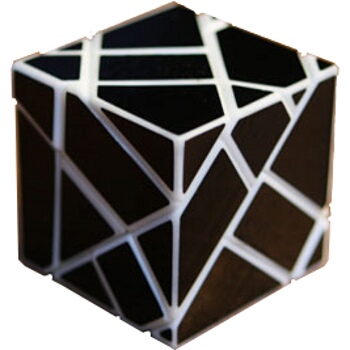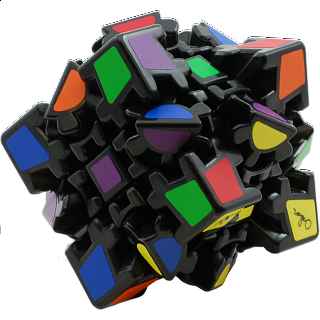So if you read my last post, you
will know I briefly talked about my Pyraminx solving method, and how it wasn’t
the best method for speed solving, but worked alright. So In this blog, I
wanted to explain my method, and why I think you should learn it, and then
where I think you can go from there. So, for starters, my method is so simple. One
of the easiest methods that can ever be taught. It’s based on Paradox Cubing’s
tutorial, and is great for any beginner Pyraminx solver. Basically, it is, at
its most basic state, just a bunch of sledge hammers over and over again until
the puzzle is solved. There is a little more to it, but it is very simple.
To
start, you simply line up the three “corner” type pieces on the correct side,
so everything can be oriented correctly. Next, you use the sledge hammer move
to insert the 3 edge pieces, to complete the first layer. From there, the top
layer is oriented in one of 6 possible cases, so 5 algorithms (plus the solved
state) complete the puzzle, minus the tips, which of course are easy to fix.
There
are a couple of reasons I wanted to share his method with everyone. For one, it’s
just super easy. If you can solve a Rubik’s Cube, even just with the most beginner
method, this method is perfectly attainable. Another reason I wanted to share
it, is because using this simple method, I averaged 9 seconds at my last
competition, which is decently fast. The main reason for this is because even
using such a simple method, using some look ahead tactics and first layer
tricks I learned from 3x3, it was not too much work to make a beginner method
into a decently effective solving strategy. This is why I have “Learning?” in
the title, because I am seeing the effects that my practice in other events.
Now I don’t mean to brag, I am still not anywhere near competition winning
times, but It does show what happens when you practice, and how effective
things in one scenario can be in another.
So what
do I suggest you do? First, I would make sure you practice. I try to do so as
much as possible, and even though it seems like sometimes I don’t learn
anything, I am slowly absorbing information, which is very useful. Then, after you have a bit of knowledge under
your belt, for fun, pick up a small cuboid, or maybe an interesting shape mod,
or maybe just another competition legal puzzle, and see what fun you can have,
solving it in weird ways, or finding cool little tricks to make a layer or
solve parity. I find it so satisfying to watch my skills have an application
like this, and I think you might as well, so just give it a try, and most of
all, just try to make cubing a little more enjoyable, because its one of the
coolest things I think you can do.




